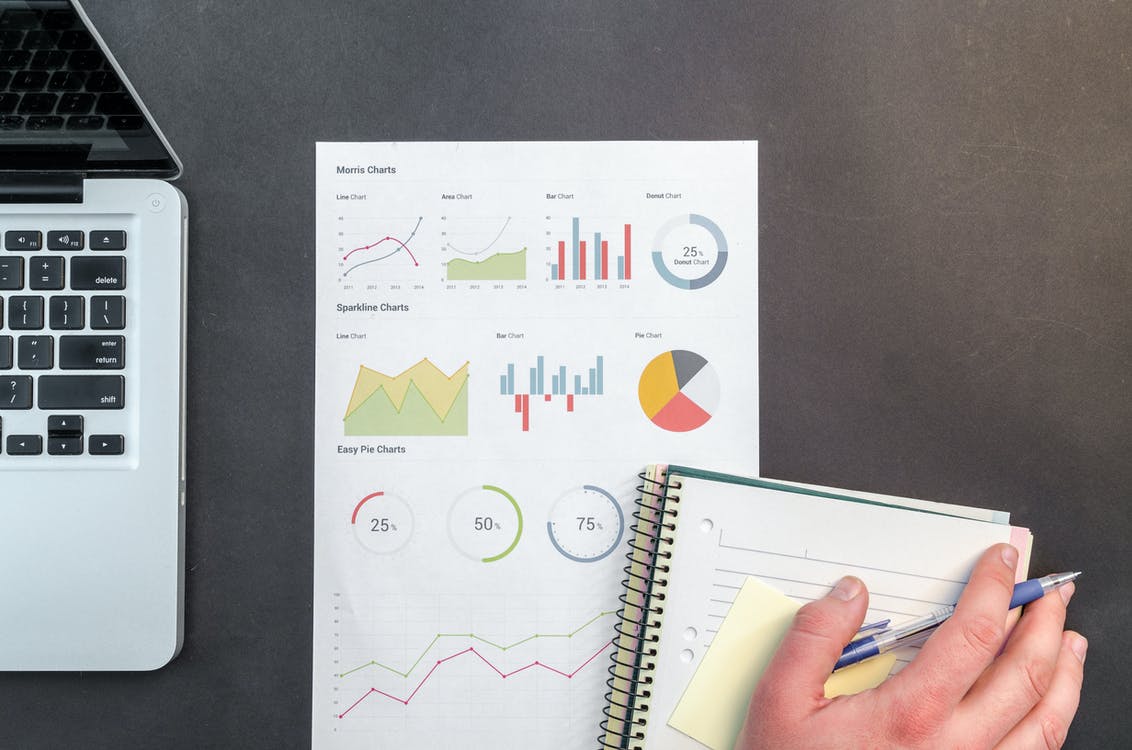Taking your IG marketing to the next level requires you to analyze your competitors' content.
This will offer great insights on when and what to post and which kind of content performs best among your target audience.
Competitive analysis is essential to position your brand against the rest, aiding in fine-tuning your marketing strategy and staying on top of the game.
In other words, keeping an eye on your competitors' pages enables you to be one step ahead of them and see what is currently working for them and what's not.
So what exactly is competitive analysis, and why is it important?

In such an analysis, you study your competitors to find out their strengths and weaknesses. It's a process of benchmarking your performance against the heavy-hitters in the market.
This type of analysis unveils growth opportunities, so you can establish what makes your products unique to attract your target market.
To reiterate, an Instagram competitive analysis will help you to:
-
Identify gaps in your marketing strategy
-
Find your competitors and their style of content, scheduling, etc.
-
Identify market threats to your brand or business
-
Gather data to better understand where to place your products in the marketplace
Essential metrics to consider when performing a competitive analysis on Instagram

-
Number of Followers: This shows the social proof of a brand, which is essential for any Instagram account to stand out in the eye of potential customers.
-
Number of Posts: Another critical metric; checking how many posts your competitors are posting will lead to you tailoring your content calendar accordingly.
-
Number of Likes: Likes validate the quality of a specific post, and everyone is in a rush to get tons of likes on their uploads. More likes on a rivals' post will urge you to replicate the same type and format of content that got them there. But always refrain from copying or using clichés; just get inspired by what's working and what's not.
-
Comments: They tell you whether a post is inspiring, constructive, offensive, motivating, or [insert some other adjective]. They serve as feedback on the impact a post has on the viewers, making it an essential benchmark that drives engagement.
-
Engagement: This essential metric cleaves into two:
Engagement rate per post; representing the total reactions a post receives.
Engagement rate per page; indicating the total reactions a page receives.
-
Top Hashtags: This one shows the most common and useful hashtags your competitors are using. If utilized properly, they can also be a factor to drive growth and engagement.
Some marketers suggest that you include useful hashtags in captions, while others say they put theirs in the comment section. In actuality, you can place your hashtags wherever you want.
4 simple steps to conduct a competitive analysis on Instagram

1. Determine competitors with competitive keywords
In the first step, you need to identify some of the keywords your brand is trying to rank for. Having an in-depth understanding of your keyword list will help in developing a clear picture of who you're competing against.
For instance, if your business is about New York-based hotels, you're likely focused on keywords like "best places to stay in New York" or "best New York hotels."
Now check who is ranking for those keywords on Instagram, pick the top 5-10 keywords that have the most relevance to your products or services, and plug them into IG. You will soon get a sense of your top Instagram competitors.
2. Gather information
Select up to 5 Instagram accounts to focus on, each representing brands you've marked as top competitors. In your Instagram competitive analysis template, make a note of the following:
-
How large is the business, and how fast is it growing?
-
How many followers do they currently have?
-
What are their post and page engagement rates?
-
What are their most common hashtags?
-
How many hashtags do they include per post?
-
What is their social share of voice?
-
How often do they post?
-
What other social networks are they using?
3. Do a SWOT analysis
Now that you have collected all that information, it's time to analyze so you can understand where you stand compared to your competitors.

Marketers use SWOT analyses to study the differences and similarities between a brand and the competition. The idea is to identify:
-
S (Strengths): Note metrics for which your numbers are higher than your competitors.
-
W (Weaknesses): List areas where your numbers are lagging behind the competition. These are areas you need to focus on improving by tweaking your Instagram marketing strategy.
Be specific here because these differences will reveal your opportunities and threats.
-
O (Opportunities): Now, identify possible opportunities to take advantage of. These might be areas where you think you could improve compared to your competitors—based on anticipated or recent changes in the Instagram world or data you have already gathered.
-
T (Threats): These come from outside your business, so take a good look at numbers related to an evolution or anything that suggests change over time.
4. Use Instagram competitive analysis tools
We'll go over some of the best tools to monitor your top Instagram competitors' data.
The idea is to jot down any critical info you uncover through your competitive analysis and incorporate them into your revised threats and opportunities.
You can analyze as many accounts as you want with these tools:
-
Preview App
-
Metricool
Those tools can be handy when finding information about:
-
Competitors' content
-
Historical analytics (days, weeks, and months)
-
Top-rated posts (what gets the most comments, likes, and engagement)
-
The most commonly used hashtags
-
The best day and time to post on Instagram
-
Most active hours of their followers
-
Engagement spikes and growth
